世界上最安全的五个城市 - BBC琳赛·盖洛威(Lindsey Galloway)(2023年7月12日)

荷兰阿姆斯特丹的冯德尔公园里阳光明媚的午后,城市,安全,居民,生气勃勃(图片来源:Remko De Waal/Getty)
虽然对大部分人而言,把钱包或者笔记本电脑无人照管地丢在咖啡馆里也许并不可取,但是对于居住在世界上最安全的城市里的人来说,这样的事情很可能是想都不想就做了。
对于许多人而言,在自家地盘上有安全感是至关重要的。因此,为了理解住在一个超级安全的地方会是什么样的状况,我们参照经济学人智库(EIU)的安全城市排行榜,寻找到了住在世界上一些最安全的城市里的居民。
该榜单评比项目包括了个人人身安全、基础设施稳定性、卫生稳定性、虚拟安全技术等影响因素。受访的当地居民为我们推荐了他们认为最好的居住社区,说明了他们感到舒适自在以及为什么平安的生活并没有让他们感到无聊的原因。
大阪
大阪体现了在日本全国都能感受到的平和心态。17年前,大阪当地英文杂志《关西风景》(Kansai Scene)的创始人丹尼尔·李(Daniel Lee)从英国搬到日本居住。“总的来说,日本是一个非常安全的宜居国家,”丹尼尔·李说:“这个国家安全到当地人习惯于在他们离开或要买单的时候把个人物品留在无人看守的桌子上。这在其它任何地方看来都是不可思议的。”
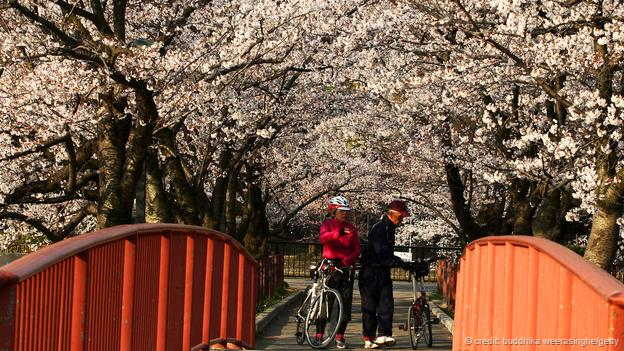
大阪的樱花热烈绽放(图片来源:Buddhika Weerasinghe/Getty)
大阪以商业气息而闻名于世,这意味着这里的人们往往上班工作到深夜。“即使在深夜,火车上依然满载生意人,城市里的主要枢纽也像白天一样人来人往,”25年前从京都来到大阪,经营着这座城市中最古老的能剧剧场(Noh theatre)的山本芳惠说:“女性在深夜里独自搭乘地铁出行是绝对没有问题的。”
在这里,工作很卖力的文化也能开启友好的搭讪和交谈。“大阪是一座推销员城市,当地人喜欢交谈,”李说。“你到任何一家小酒馆都会被当成久违的老朋友一样对待。也许他们说的话你一句也听不明白,但是你会被这里的美好氛围所打动。”

大阪的水稻种植仪式(图片来源:Buddhika Weerasinghe/Getty)
为了有机会结识本地人,山本建议居住在大阪的市区,例如生野区或阿倍野区,这些地方常常能见到日本的Nagaya(传统长屋)。她说:“这些长屋相对比较便宜,因为已经被当地人入住许多年了。”
阿姆斯特丹
与经济学人智库榜单中的其它城市相比,只有不足一百万名居民的阿姆斯特丹的规模仍属于相对较小的。这座首都城市同样拥有令人轻松自在的氛围。
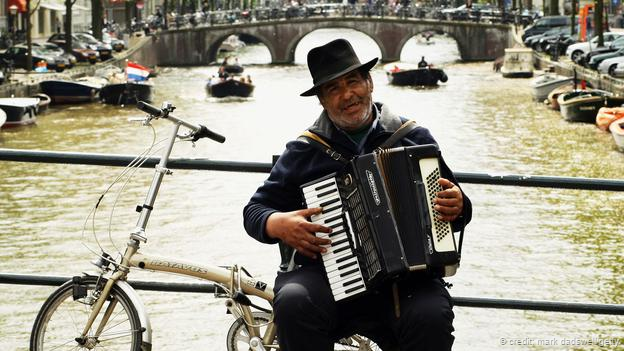
阿姆斯特丹的街头艺人坐在自行车上表演(图片来源:Mark Dadswell/Getty)
“我觉得这里非常安全,”托尼·英特斯托瑟(Toni Hinterstoisser)说。三年前他从纽约来到这里,目前担任阿姆斯特丹安达仕王子运河酒店(Andaz Amsterdam Prinsengracht)总经理一职。“自由的精神使人们得以更放松地面对日常事物。在这里,没有人会轻易生气发怒。”英特斯托瑟表示,甚至这里的警察也是如此,他们不仅非常友好礼貌,而且说话往往开门见山。

阿姆斯特丹国家博物馆(图片来源:Dean Mouhtaropoulos/Getty)
阿姆斯特丹流行一句警言:无论你选择在哪里居住,你都不要期待找到一座水平的房子。“阿姆斯特丹基本是建立在水上的,所以这里的房屋不是完全水平的,”英特斯托瑟说:“如果你在我客厅的一端放下一个网球,它将会很快地滚到另一端。”
悉尼
尽管悉尼是澳大利亚最大的城市,但其邻里导向型的文化使居民们感到安全放心。“我们的每个邻里社区彼此照应,”理查德·格雷汉姆(Richard Graham)说道,他是一名土生土长的悉尼人,并拥有一家名为“我的绕行道”的当地旅游公司,“如果有某个人看起来可疑,我们邻里间会相互告知,消息很快就会传开,大家都知道该小心提防谁。”
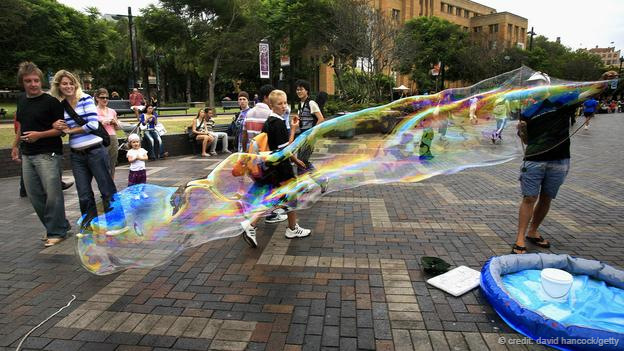
街头艺人在悉尼的环形码头上吹泡泡(图片来源:David Hancock/Getty)
该市最近采纳了一个方案,打算每年花1500万美元来改善人行道和斑马线,以此来鼓励大家多走走。来自布宜诺斯艾利斯(Buenos Aires)的维多利亚·莫克西(Victoria Moxey)是当地游客指南《城市漫游》的创始人,他认为这项举措有助于保持生活的安全性。
“大街小巷上始终都是城里人,有的和朋友坐在咖啡店里,有的在遛狗,也有的只是闲逛一下看看城市的风景,”她说,“身在悉尼这样的城市,你轧马路轧得越多,越会觉得自己是社区的一分子。”
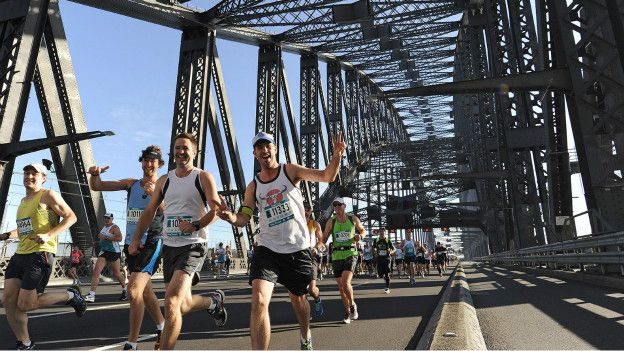
悉尼跑步节的参赛选手跑过海港大桥(图片来源:Greg Wood/Getty)
为了充分感受这种散步文化,外来侨民们往往选择居住在波茨点(Potts Point),一个位于市中心东侧三公里处的街区,其装饰派艺术风格的公寓大楼和琳琅满目的咖啡馆给人一种置身于纽约的感觉。另一个颇受青睐的住处位于市中心东南侧三公里处的萨里山(Surry Hills),这里拥有全城最好的咖啡馆和餐厅,吸引了各路潮人、设计爱好者和美食家。
想要体会真正的澳大利亚海滩生活,可以去以住宅为主的威弗利(Waverley)或者适宜冲浪的布伦特(Bronte),二者均位于城市西南侧约8公里处,也可以去高大上的玫瑰湾(Rose Bay),它位于城东仅七公里处的港畔。
新加坡(Singapore)
这个东南亚城市国家对执法的严肃态度使其拥有一个非常安全的环境。原籍班加罗尔(Bangalore)的蕾妮塔·万杰·拉维(Rinita Vanjre Ravi)是BonAppetour的联合创始人。BonAppetour是一个用户可以预定并与当地人一同就餐的网站。
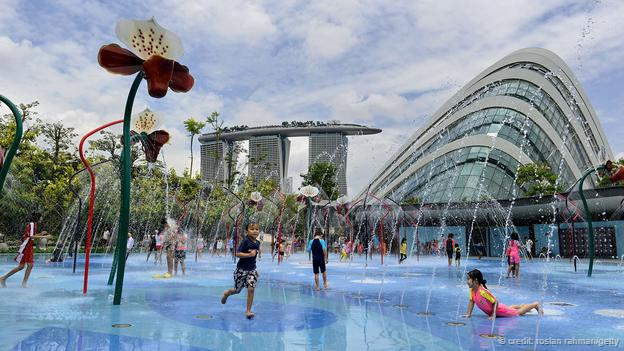
新加坡的公园(图片来源:Roslan Rahman/Getty)
拉维亲眼见证了一个财政拨款充足的警察局可以为社会的安全稳定做出多么巨大的贡献。“在新加坡,警员收入颇丰,这使他们能够挂念新加坡人民的福祉。”她说道。
这同时也保障了法律的执行。拉维发觉,新加坡当地人非常诚恳实在。“在任何一家餐厅,你都可以在去收银台点餐的时候把包包丢在桌子上,你可以安心的点餐,而不用担心你的包包,”她说,“这里的居民都知道行窃被抓被惩罚的可能性很高。”
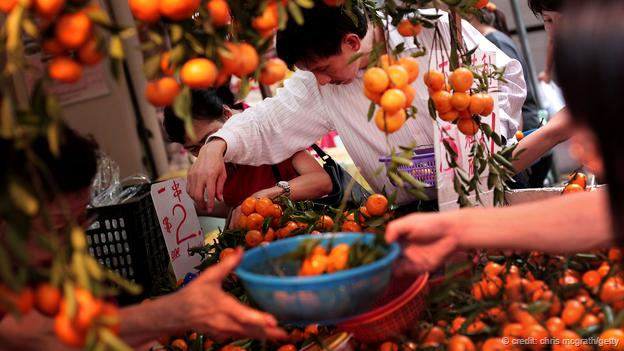
新加坡的一家路边摊(图片来源:Chris McGrath/Getty)
稳定的政治环境以及对宗教、种族主义玩笑的零容忍政策,也对这一和谐的城市氛围的形成功不可没。
尽管如此,居住在这样一个人口稠密的地区也会有一系列自身的问题和挑战。在新加坡找住所时,关键是要找到方便每日通勤的地方。当地人的建议是居住地要尽可能地靠近工作场所。拉维认为中峇鲁(Tiong Bahru)适合潮人,因为这里有各种专卖店和时髦餐馆。
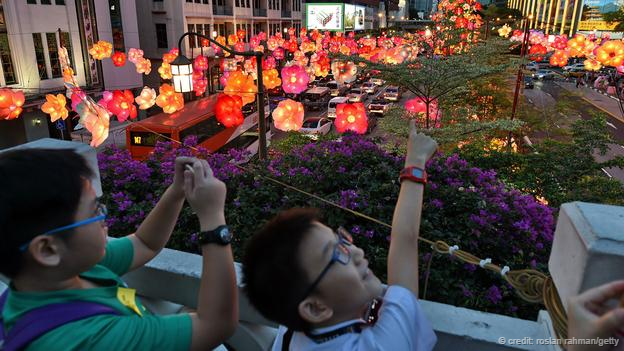
新加坡的中秋节(图片来源:Roslan Rahman/Getty)
然而,拥有较高收入的那部分人可以考虑欧南园(Outram Park)附近的达士敦山(Duxton Hill)公寓,这里位于市中心西侧两公里处,因其翻新殖民地时期的建筑并拥有全球各地美味餐厅而闻名于世。
斯德哥尔摩
斯德哥尔摩坐落于遥远的北部,随之而来的有其自身的优势,比如好像从不落日的夏日。斯德哥尔摩夏天的自然日光,加上灯火通明的市中心,有利于公共空间安全感的形成。“对我来说,自打有了两个年纪幼小的儿子后,安全变得越来越重要,而斯德哥尔摩简直就是照顾孩子的绝妙场所,”凯特·T(Kat T)说道,她本是伦敦人,是《斯德哥尔摩的一名英国妈妈》博客的作者,“这里的公园里有孩子的玩耍区,远离交通车道,而且市中心有许多枝繁叶茂、绿树成荫的区域。
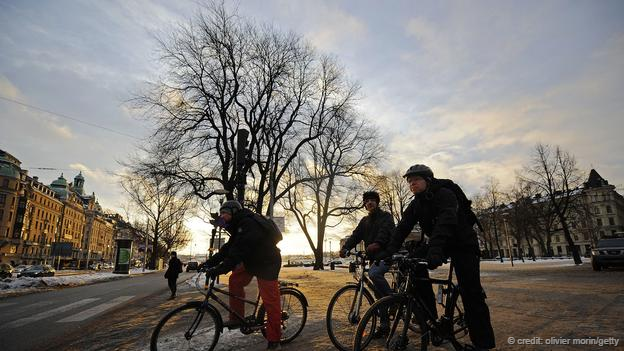
在斯德哥尔摩市中心骑自行车的人们(图片来源:Olivier Morin/Getty)
虽然它没有伦敦的热闹非凡,但是凯特发现,斯德哥尔摩较为缓慢的节奏有时可能是件幸事。虽然城市规模小,但却让人觉得“富有活力且有品位”,她说,“瑞典人乐于接受新生事物,特别是新技术,他们常常是弄潮儿。”
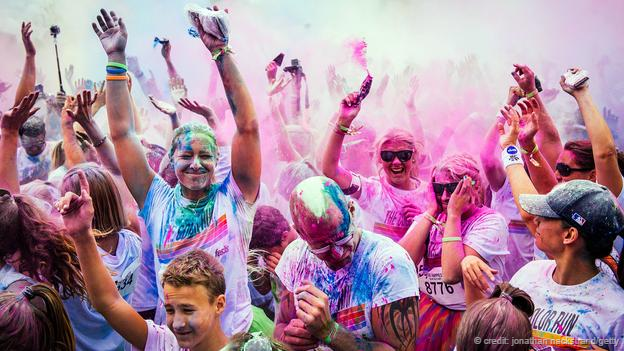
一场在斯德哥尔摩举行的彩色跑(图片来源:Jonathan Nackstrand/Getty)
大部分人住在靠近中央商务区的寓所中,但是,那些追求更高性价比的人会选择中心区往西两公里的国王岛(Kungsholmen),追求时髦氛围的人可以到往南三公里的索德玛尔姆(Sodermalm)(有古董服饰店和前卫的画廊为证)。近来,海滨地区也被再度开发,使得哈姆湖区(Hammarby Sjostad)因其适宜步行的林荫大道和富有生态意识的设计而得以跻身最受欢迎的街区。
(责编:友义)
The world’s safest cities - By Lindsey Galloway
Leaving your wallet or laptop unguarded in a cafe may not be recommended for most, but residents in the world’s safest cities could likely do it without a second thought.
For many, feeling safe can be key to feeling at home. So to understand what it might be like to live in a super safe place, we sought out residents living in some of the most stable and secure cities in the world, as ranked by The Economist Intelligence Unit (EIU). The list considered factors such as personal safety, infrastructure stability, health stability and digital security technology. Locals weighed in on the best neighbourhoods to live in, what exactly makes them feel at ease – and why safe doesn’t have to equal boring.
Osaka
Along with Tokyo (named the world’s safest city), Osaka embodies the general peace of mind that can be felt throughout the country. “Japan in general is an incredibly safe country to live in,” said Daniel Lee, founder of the local English language Kansai Scene magazine, who moved from the United Kingdom 17 years ago. “So much so that locals are accustomed to leaving their personal belongings unattended on tables in coffee shops while they go and order. It’s unthinkable anywhere else.”
Osaka is known for being business-focussed, which means that people work and commute late into the night. “Even at the latest hours, businessmen are on the train, and the main terminals are populated as much at night as by day,” said Yoshie Yamamoto, who moved from Kyoto 25 years ago and runs the oldest Noh theatre in the city. “There is absolutely no problem for a lady to be travelling alone late at night on the subways.”
The work-oriented culture can also lead to friendly conversation. “Osaka is a city of salesmen, and the locals love to talk,” Lee said. “You can enter any small watering hole and be treated like a long lost friend. You may not understand a word of what they say to you, but the good vibes will win you over.”
For a chance to mingle with the locals, Yamamoto recommends living in a downtown area such as Ikuno Ward or Abeno Ward, where Nagaya (traditional long houses) are still common. “These places are relatively cheap as they have been inhabited by the same locals [for years],” she said. “If you are able to make friends with your neighbours, you will experience the true Osaka character filled with affection, warmth and friendship.”
Those looking for a more nature-focused lifestyle can head to the “bed towns” surrounding the city, such as Minoh and Kita-Senri, which have easy train access to downtown Osaka, as well as the nearby cities of Kobe and Kyoto.
Amsterdam
With fewer than one million residents, Amsterdam is still relatively small compared to other cities on the EIU’s list, giving it a leg up when it comes to providing a safe residential environment. The capital city also has a laidback vibe that puts people at ease.
“I feel incredibly safe,” said Toni Hinterstoisser, general manager at the Andaz Amsterdam Prinsengracht, who moved from New York City three years ago. “The people’s free spirit makes them more relaxed about everyday things. Nobody gets agitated easily.” This is true even of the police, who Hinterstoisser says are very present and polite, but also straight to the point.
While all of Amsterdam’s neighbourhoods are considered safe, districts in the south such as De Pijp and Oud-Zuid are more upscale. To the east and north, neighbourhoods like Noord are considered to be up-and-coming. Hinterstoisser lives in Oud West (Old West), which he likes for being only 2km west of the city centre and near Vondelpark, the city’s largest park.
One word of caution: no matter where you choose to live, don’t expect a level house. “As Amsterdam is mostly built on water, the houses are not completely straight,” warned Hinterstoisser. “If you put a tennis ball on one end of my living room, it will roll all by itself quite swiftly to the other side.”
Sydney
Despite being Australia’s largest city, Sydney’s neighbourhood-oriented culture keeps residents feeling safe. “Our community looks after each other,” said Richard Graham, a Sydney native and owner of local tour company My Detour. “If someone looks suspicious, we tell our neighbours, and word soon gets around who to watch out for.”
The city recently adopted a plan to spend $15 million a year improving footpaths and pedestrian crossings to encourage walking, and Victoria Moxey, originally from Buenos Aires and founder of local visitor guide Urban Walkabout, believes this is helping to keep life safe.
“The streets are always filled with urban types sitting at coffee shops with friends, walking dogs or just exploring the city,” she said. “Sydney is a city where the more you walk the streets, the more you feel part of a community.”
To make the most of this walking culture, expats often choose to live in Potts Point, 3km east of the city centre, where Art Deco apartment buildings and plentiful cafes give the neighbourhood a New York City vibe. Another favoured option is Surry Hills, 3km southeast of the centre, which has the best coffee spots and restaurants in town, drawing hipsters, design lovers and foodies.
For a true Australian beach lifestyle, residential-oriented Waverley or surfer-friendly Bronte are about 8km southeast of the city, while Rose Bay is an upscale harbourside option just 7km to the east.
Singapore
This Southeast Asian city-state takes law enforcement seriously, resulting in a very secure environment. Rinita Vanjre Ravi, originally from Bangalore, and co-founder of dine-with-locals site BonAppetour, sees how much difference a well-funded police department can make. “In Singapore, the police force is well paid, which enables them to be concerned about the welfare of their people,” she said.
It also ensure laws are enforced. Vanjre Ravi finds that Singapore locals are really honest. “You can leave your bag at the table at any restaurant and go to the cashier to order food with the peace of mind that your bag will still be there,” she said. “Residents know that there is a high chance of being caught and punished.”
A stable political environment and a no-tolerance policy for religious or racist jokes also contributes to a harmonic city vibe.
Still, living in such a populous area comes with its own set of challenges. Managing the daily commute is key when finding a place to live in Singapore, and locals advise living as close to work as possible. Vanjre Ravi recommends Tiong Bahru as a central hipster neighbourhood with specialty shops and trendy restaurants, though those in a higher income bracket can look at the Duxton Hill apartments near Outram Park, 2km west of downtown, notable for its restored colonial buildings and international cuisine.
Stockholm
Being located so far north comes with its advantages, like never-ending summer days. Stockholm’s natural light in summer, paired with a well-lit city centre in darker times of the year, contributes to a feeling of safe public spaces. “Having two small boys, safety is increasingly important to me, and Stockholm is simply brilliant for children,” said Kat T, originally from London, who writes the blog An English Mamma in Stockholm. “There are playgrounds in parks away from the traffic and many leafy, green areas right in the centre of town.”
Though it doesn’t have the non-stop buzz of London, Kat finds that Stockholm’s slower pace can sometimes be a blessing. Despite its small size, the city also feels “dynamic and sophisticated”, she said. “Swedes are early adopters of things new, especially technology, and are frequently trendsetters.”
Most people live in apartments close to the Central Business District, but those looking for better value should head 2km west to Kungsholmen, while a funkier vibe (evidenced in vintage shops and avant-garde galleries) can be found in Sodermalm 3km to the south. The waterfront areas have also been recently redeveloped, with Hammarby Sjostad being among the most popular for its walkable boulevards and eco-conscious design.